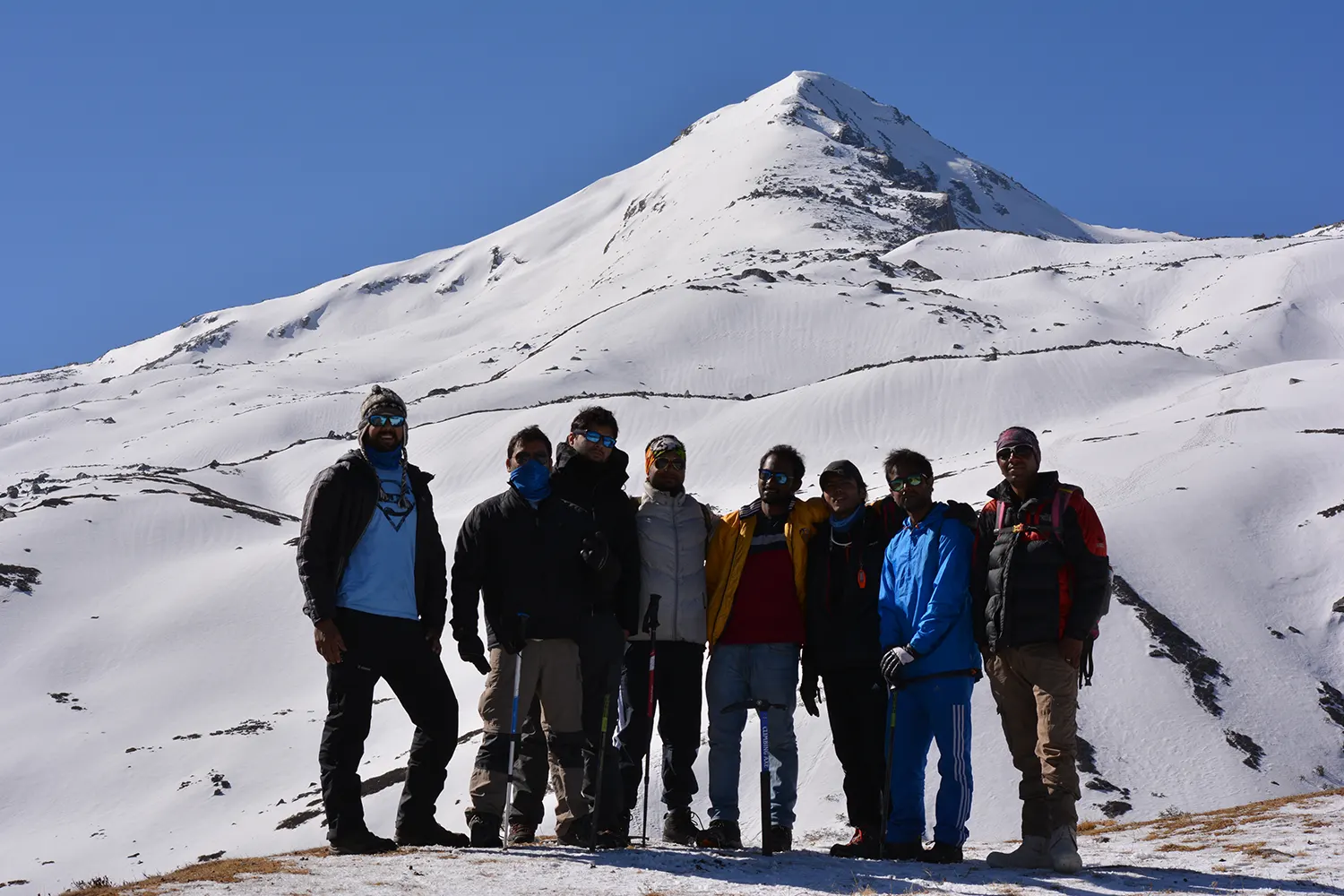Best time to do Kuari Pass Trek
Kuari Pass Trek, set in the Garhwal Himalayas, is one of the most remarkable treks for nature sweethearts and adventure lovers alike. Known for its beautiful views on transcending Himalayan peaks. Kuari Pass offers trekkers a Memorable Journeying Experience through woods, meadows, and high-altitude ridges . While this trek is doable nearly all throughout the entire year, the experience changes dramatically with each season. To truly observe the essence of Kuari Pass in all its glory, picking the right season is essential. Let’s take a look at the seasons that shape this beautiful journey and find out the best opportunity for you to embark on this extraordinary experience.


Summer Season (April & May)
Beginning with the Summer months — April and May. This period brings clear skies, and the snow has completely melted, making the journey comparatively easier. While Kuari Pass alone is beautiful, numerous adventurers likewise make a move to conquer the adventurous and thrilling Kuari Pass plus Pangarchulla Peak Trek, which offers an extra test with rewarding panoramic views of the Himalayan peaks. In these months, temperatures are moderate, and the scene blasts into green meadows with blooming wildflowers, making it ideal for those looking for both experience and beauty without the winter’s chill.


Monsoon Season (Mid June to Early September)
The Monsoon season, from Mid June to Early September, is generally not recommended because of the Heavy Monsoon Rains. Trails tend to become slippery because of the mud and prone to landslides, making it highly unsafe for trekking. Moreover, fog and mist frequently obscure the stunning perspectives on the encompassing peaks, so to prevent any unnecessary mishappenings, planning your trek during these months should be avoided.


Post-Monsoon Season (Mid September to October)
Coming to the post-monsoon season — mid-September to October. The monsoon rains clear up, leaving the scene refreshed with vibrant greenery and perfectly clear skies. This is the ideal opportunity to observe the greatness of the surrounding Himalayan Giants like Nanda Devi and Dronagiri. The snowfall hasn’t started yet, so it’s great for trekkers searching for a serene journey with fresh perspectives and a more calm environment.


Winter Season (November to March)
In case you’re after the True Winter Adventure, the best time is from November to March. Kuari Pass changes into a snowy wonderland during this period. From mid-November, the snow starts to cover the paths, covering the forests and meadows in a perfect white layer. By December and January, you’ll end up strolling through knee-profound snow, with stunning views of the snow-clad mountains around you. The temperatures can drop to -10°C to -12°C around night time and can go around 0°C to 5°C during the day. It is a moderately challenging trek, ideal for trekkers searching for a mix of experience and magnificence in the Himalayan winter. For the individuals who are not a big fan of the peak winter season and are looking for a slightly milder weather condition with less snow, March is an incredible chance to go. As the winter ends, the snow starts melting, making the paths simpler to explore. Daytime temperatures range from 5°C to 10°C, with evenings going down to 0°C. You’ll in any case encounter snow in the higher reaches of the trek, however the paths will be more open and easier to navigate. The views of the surrounding peaks will be similarly stunning.


Summary
So to summarise, you’ll find lush green summer scenes and ideal trekking conditions for the Kuari Pass plus Pangarchulla Peak Trek in April and May. Post-Monsoon, from mid-September to October, carries lively perspectives with perfectly clear skies, while winter, from November to March, transforms Kuari Pass into a snow-covered heaven. Now that you know the best times for every interesting season, it’s the ideal time to plan your trek. Whether you look for the peacefulness of post-monsoon or the excitement of the snow covered paths, Kuari Pass guarantees a unique trekking experience all year round.


